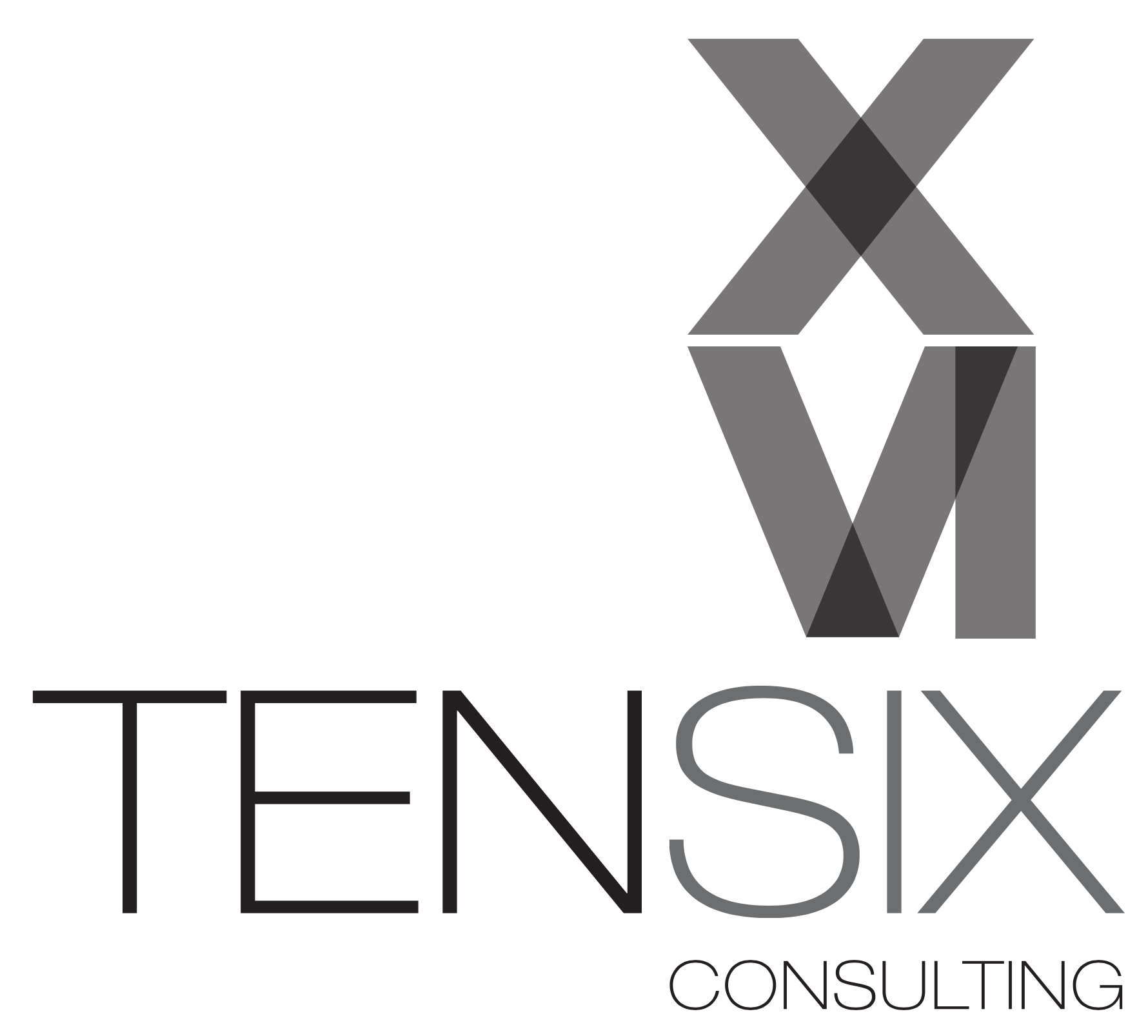 The Best Earned Value Books
The Best Earned Value Books
Are you wondering what to put on your reading list for the holiday season, and into 2023?
We’re sure you’ve got some popular fiction and chart-topping reads on your wish-list, but what about some career-enhancing books as well? Here is our round up of the best earned value reads for scheduling professionals.
Oh, and before we start, you should check out our very own, Steve Montgomery’s book ‘An Introduction To The DCMA 14-Point Assessment’. This is a totally free eBook with no registration required….just simply download it!
1. EVMS Program Analysis Pamphlet
OK, the first ‘book’ on our list isn’t exactly a book. It’s a tried-and-tested, industry standard guide to understanding the key components of an earned value management system. It aims to be a reference guide for professionals working in earned value management environments, specifically around report generation and the creation of relevant graphs and tables.
It’s not the most riveting of reads, but our team agrees it’s an essential playbook for anyone who is responsible for maintaining a compliant earned value management system.
Plus, it’s free! You can download a copy from us here.
2. EIA 748 Intent Guide
You might have the EIA 748 standard bookmarked on your computer but have you read the intent guide? The EIA 748 Intent Guide from the National Defense Industrial Association (NDIA) is a surprisingly accessible read.
It’s designed to provide context for the requirements in the standard and to help you create your own compliance map towards understanding and applying EV principles in your work. It is not additional requirements, so don’t worry about having to implement anything new once you’ve read it.
Again, it’s available free as a pdf, and at 62 pages it feels very book-like. In the interests of saving trees, try to read it on a mobile device and avoid printing it out.
3. Earned Value Management for Dummies: The Deltek Edition
We love the Dummies series, and this version from Deltek feels completely relevant to the modern way of implementing earned value management best practices. It’s written in the easy to understand, jargon-free style of the other Dummies books. Packed with tips, things to remember, warnings, graphs, tables and step-by-step guides, it’s a fantastic starting point to dive into how to make the whole EVM thing work.
We’re fans of Deltek’s solutions, so it’s great to see how the tech and theory are woven together to present a fully comprehensive, accessible way to learn about earned value management.
This would make a great Secret Santa gift for any new starters to the team, apprentices or execs who really should know more about the reports they get!
You can download a copy free as a PDF from Deltek’s website, or get a print version of the original EVM for Dummies book at your favorite bookshop.
4. Rethinking Earned Value & Schedule Management on Construction Projects: Solving the World’s Construction Performance Problem by J. Gerard Boyle
This is a weighty book at 252 pages, but if you work in construction project management it would be a valuable read. The book covers new analytics for construction with a focus on practical guidance to understand how work is connected and what steps you need to take to create a successful construction program. It includes worked examples of resource-loaded critical path method schedules and also covers topics like commercial dispute resolution.
It is expensive, so consider getting a copy as a desk reference for your PMO team or the ebook version. It’s available on Amazon, direct from the author and from other bookshops.
5. Earned Value Project Management by Quentin W. Fleming and Joel M. Koppelman
Make sure you get the latest edition of this popular and well put-together book. We’ve got one of the earlier editions on our office shelf and keep meaning to update to the latest version.
The book takes you from the basics to some quite advanced skills like using earned value metrics to manage a portfolio, with a nod to ensuring you comply with Sarbanes-Oxley and other requirements too. There is a comprehensive glossary. Be aware, however, that even the most recent version of the book still references EIA-748 as an ANSI standard which has not been the case for some time.
Available on Amazon and from other book retailers, this is a standard-sized hardback that will endure being passed around the office.
What other books would you recommend to readers? Drop us a line as we’d love to hear from you and expand our own bookshelf with your top picks!
